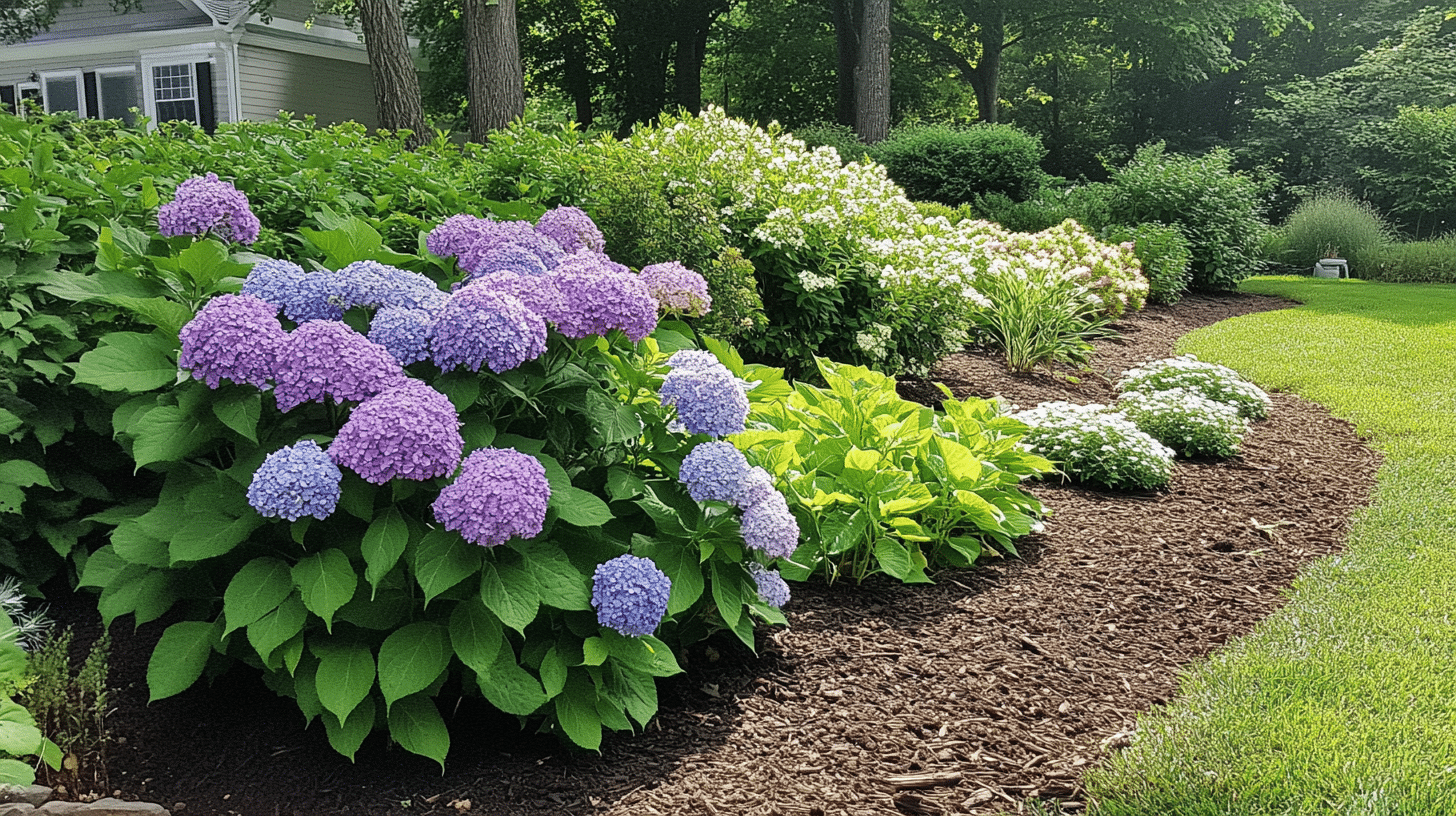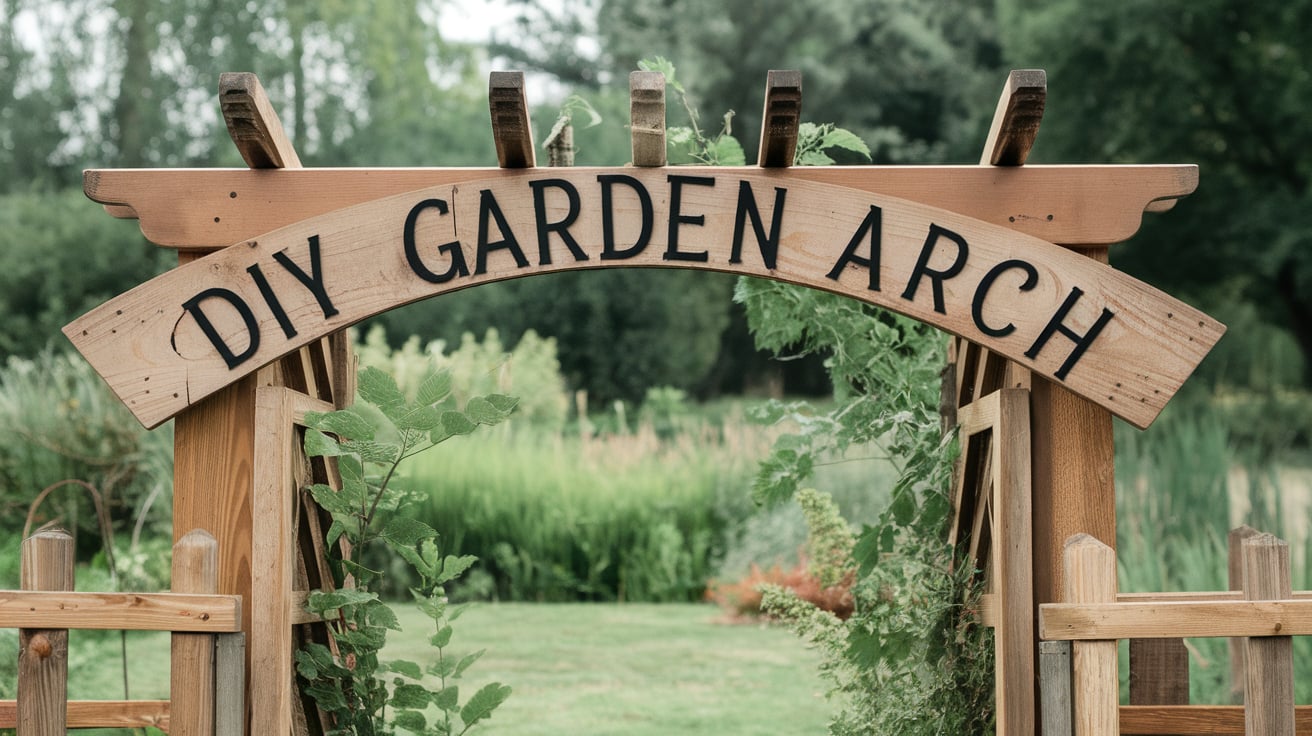Transform Your Garden: Pruning Hydrangeas in Spring
Beautiful hydrangeas need the right care to fill your garden with stunning blooms. Spring brings a special chance to help these plants reach their full beauty through careful pruning.
Many gardeners feel unsure about cutting their hydrangeas. They worry about removing next season’s flowers or harming their plants. This guide takes the stress out of spring pruning by showing you exactly what your hydrangeas need.
From knowing your plant type to making the right cuts at the right time, you’ll learn to care for your hydrangeas confidently. We’ll share tested tips that bring out the best in these garden favorites, helping you create the flower-filled outdoor space you want.
Let’s start this simple path to healthier, more beautiful hydrangeas.
Decoding Hydrangea Varieties: Which Type Do You Have?
The first step in successfully pruning hydrangeas in spring is knowing your plant’s type. Each variety has unique features and needs specific care to thrive.
Bigleaf Hydrangeas: Mophead and Lacecap
Bigleaf hydrangeas stand out with their substantial green leaves, often reaching up to 8 inches long. The flowers come in two main forms: round mopheads and flat lacecaps. Their colors shift based on your soil – blue in acidic soil and pink in alkaline conditions.
These plants show their character through several-week-long summer blooms. The stems feel soft rather than woody, making them more prone to winter damage. Treat these plants with special care when pruning hydrangeas in spring, as they form next year’s flower buds during late summer.
Smooth Hydrangeas: Summer Snowballs
Smooth hydrangeas bring pure white flowers that look like softballs against their bright green leaves. The ‘Annabelle’ variety leads this group with its impressive summer show. These plants grow fresh flowers on new stems each year.
These sturdy plants bounce back well from winter. Their stems grow quickly in spring, producing flowers by early summer. Spring pruning helps these plants produce bigger, stronger blooms. They respond well to trimming close to the ground if needed.
Panicle and Oakleaf Hydrangeas: Seasonal Beauty
Panicle hydrangeas produce cone-shaped flowers that start white and turn soft pink as seasons change. Their stems stay strong and upright, perfect for garden borders. These plants make flowers on fresh spring growth, so spring pruning works well.
Oakleaf types show their special nature through leaves shaped like oak trees. Their white flower cones turn pink-bronze through summer. These plants need minimal spring pruning. Their peeling bark adds winter appeal, so avoid heavy cutting unless necessary.
Climbing Hydrangeas: Vertical Charm
Climbing hydrangeas create living walls of green leaves topped with white flower clusters. Their stems cling naturally to walls and fences, reaching impressive heights over time. These plants grow slowly at first but speed up once settled.
Spring pruning needs stay simple – remove dead wood and control size if needed. These plants flower on old growth, so major cutting reduces blooming. Their thick stems and gripping roots mean you should choose their growing spot carefully.
Each hydrangea type brings its own beauty to gardens. You help ensure years of healthy growth and beautiful blooms by matching your pruning style to your specific variety. Regular observation helps you learn your plant’s patterns and needs.
Understanding When to Prune Your Hydrangeas

The right pruning time makes all the difference between a summer filled with beautiful blooms and a season of bare stems. Your success with hydrangeas starts with knowing the perfect moment to reach for your pruning shears.
General Guidelines for Pruning Timing
Proper timing centers on understanding how hydrangeas create their flower buds. Most gardeners find spring the safest season for pruning. Take time to observe your plants as temperatures warm. Early morning checks help you spot the first tiny green buds pushing through.
Many new gardeners feel tempted to prune in the fall during general garden cleanup. This often leads to removing next year’s flowers. Instead, leave your hydrangeas alone during the fall and winter months. Those bare stems might not look pretty, but they protect future blooms.
Weather plays a key role in pruning decisions. Watch local forecasts for late frost warnings. A sudden cold snap can damage newly pruned plants. When you do prune, start small. You’ll find removing more later than fixing over-pruning is much easier.
Specific Timing for Different Hydrangea Types
Each hydrangea variety follows its own schedule for the best pruning results. Learning your plant’s type helps you make smart timing choices.
| Hydrangea Type | Best Pruning Time | Pruning Tips | Additional Advice |
|---|---|---|---|
| Bigleaf Hydrangeas | Summer, before early August | Prune after flowers fade; avoid spring as it removes the next season’s flowers. | Needs time to create next year’s buds before winter. |
| Smooth Hydrangeas | Early spring, as new growth begins | Handle major pruning; responds with fresh stems and summer blooms. | Sturdy plants that handle pruning well. |
| Panicle Hydrangeas | Early spring or after flowering | Spring promotes strong new growth; summer to control size. | Flexible pruning schedule. |
| Mountain Hydrangeas | After blooming, by late summer | Avoid spring to protect flower buds; prune after blooms. | Complete cuts by late summer. |
| Oakleaf Hydrangeas | After flowering, spring for winter damage | Light pruning post-flowering; remove winter-damaged wood in spring. | Rarely needs major pruning. |
Pruning Hydrangeas in Spring: Your Complete Guide
Preparing your hydrangeas for the growing season means knowing when and how to prune them properly. Let me walk you through each step of pruning hydrangeas in spring to help your plants thrive.
1. Preparation for Pruning
Success in pruning hydrangeas in spring starts with timing and tools. Pick a dry, sunny morning when your plants are free from dew. You’ll need clean, sharp pruning shears and gardening gloves.
3. Inspecting the Plant
Before making any cuts, take time to look at your hydrangea carefully. Good light helps you spot branches that need removal. Healthy branches feel firm and show green inside when gently scratched. Dead ones snap easily and look brown inside.
4. Protecting the Plant
Late frosts can harm new growth on hydrangeas. Keep old sheets handy for unexpected cold snaps. When temperatures drop below freezing, cover your plants before sunset and remove the covers in the morning.
5. Removing Dead Branches
Look for branches that show no signs of life – they’ll be brown and brittle. Make clean cuts near the base of these branches. This helps your hydrangea put energy into healthy growth instead of supporting dead wood.
6. Pruning for Health
Check for branches that rub against each other. This contact can create wounds where bugs and diseases enter. Remove the smaller of the crossing branches with a clean cut. If you spot small holes in stems, these might house boring insects – remove these branches too.
7. Shaping the Hydrangea
Maintaining your hydrangea’s natural form will keep it looking its best. Trim branches that stick out too far or block paths. Remember that many hydrangeas bloom on old wood, so careful shaping helps preserve next year’s flowers.
8. Final Touches
Clean up all cut branches from around your plant. Add a 2-inch layer of mulch around the base, keeping it away from the stems. This helps keep moisture in and keeps weeds away.
Post-Pruning Hydrangeas Care
Give your hydrangea a good drink of water after pruning. Wait a few weeks before feeding the plant – this lets it focus on healing pruning cuts first.
Watch the full video below on how to prune hydrangeas in spring!
Common Pruning Pitfalls and How to Avoid Them
Success with pruning hydrangeas in spring comes from understanding not just what to do, but what not to do. Here’s what you need to know to keep your plants healthy and blooming.
Timing Errors and Their Consequences
The most common reason for missing blooms is the wrong timing. Cutting stems at the wrong time removes flower buds before they open. This happens most often with old-wood bloomers like bigleaf hydrangeas.
Late-winter cuts often result in lost flowers. Plants need time to show which stems survived winter. Waiting until green buds appear helps you make better pruning choices.
Some gardeners cut back too early in the fall, thinking they are preparing plants for winter. This removes protection from cold and frost, while natural die-back provides valuable shelter for tender buds.
The Risks of Over-Pruning
Taking too much off your hydrangea creates stress for the plant. Hard pruning forces plants to focus on making new stems instead of flowers, draining the energy stores needed for healthy growth.
Severe cutting weakens plant roots. Less top growth means fewer leaves to feed the root system. Strong roots matter for drought resistance and winter survival.
New gardeners sometimes try to make hydrangeas smaller through heavy pruning. This often backfires as plants respond with fast, thick growth to replace lost branches. Instead, gradual shaping works better.
The Importance of Tool Hygiene
Clean tools prevent the spread of plant problems. If you notice any signs of disease, wipe pruning shears with alcohol between cuts. This simple step stops issues from moving between plants.
Sharp blades make clean cuts that heal fast. Dull tools crush stems instead of cutting them. Crushed areas invite insects and disease into the plant.
Regular tool cleaning extends their life. Remove sap and dirt after each use. Oil moving parts to prevent rust. Store tools in a dry place between pruning sessions.
What If You Skip Pruning?
Unpruned hydrangeas grow dense and woody over time. Lower branches lose light and air flow. This creates perfect spots for pest problems to start.
Flowers become smaller on old, crowded stems. The plant wastes energy supporting weak branches instead of making blooms, and growth patterns become irregular and messy.
Natural die-back builds up in unpruned plants. Deadwood holds moisture against healthy stems, increasing the chances of rot and fungal issues.
Old stems block new growth from reaching light. Young shoots stretch and grow thin, trying to find sun. These weak stems often break under the weight of flowers.
Conclusion
Taking time to learn about your hydrangeas pays off in waves of summer color. Each careful cut in spring helps shape not just your plant’s form but its future growth and health.
Remember that every hydrangea tells its own story through its stems and buds. By watching and understanding these signs, you make better choices about when and where to prune. Your patience in spring creates the foundation for months of beautiful blooms.
As you work with your plants, you’ll develop a natural sense of what they need. The knowledge you’ve gained here gives you a starting point, but your own garden experience will be your best teacher.
Now, you’re ready to step outside and care for your hydrangeas with purpose and skill.







